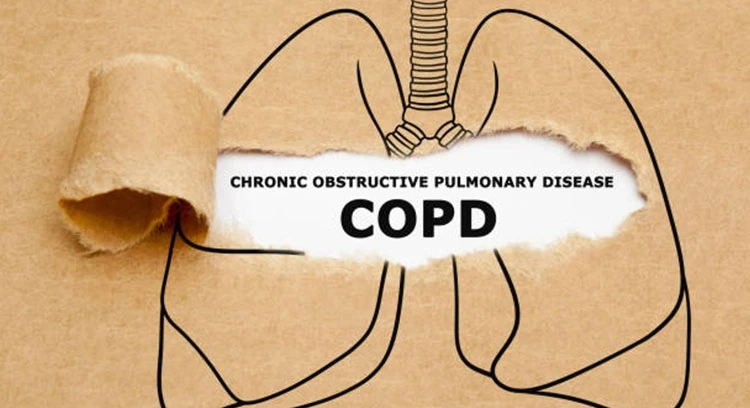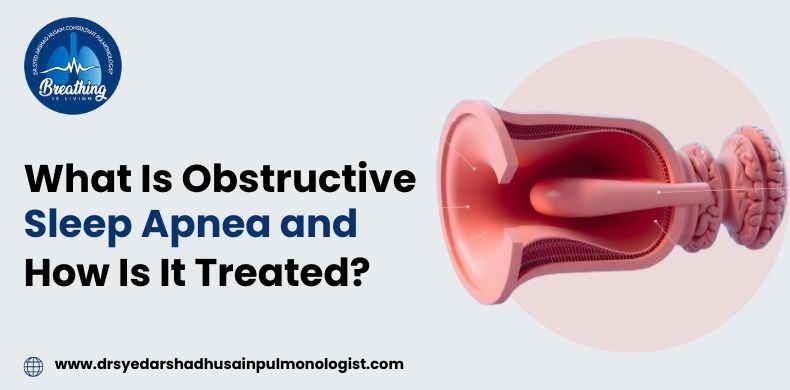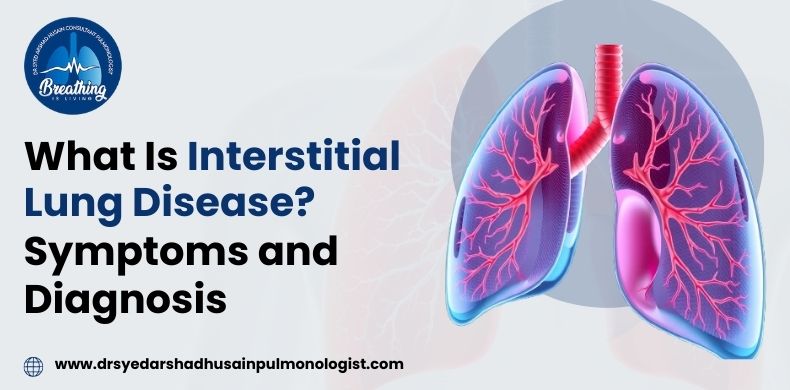
Chronic obstructive pulmonary disease (COPD) is a collective term encompassing various conditions that hinder proper lung function, leading to breathing challenges. The primary types are emphysema and chronic bronchitis. There’s an ongoing discussion on whether asthma falls under the COPD umbrella or is a distinct respiratory condition. Regardless, COPD significantly impacts respiratory health, affecting millions of people worldwide. Understanding these nuances is crucial for accurate diagnosis and tailored management strategies.
The main symptoms of COPD are:
The primary culprit behind lung diseases stems from exposure to substances that harm the lungs and airways. Chief among these is tobacco smoke, whether inhaled actively as a smoker or passively as a bystander. Other irritants include polluted air, chemical fumes, and environmental dust. Some people may have genetic propensity that raises the risk of COPD.
Related Blogs: Impact of Vaping on Lung Health
Skipping cigarettes or quitting before lung illness develops is the greatest way to avoid COPD. For lung disease patients, quitting smoking is essential to prevent complications and halt disease progression. Also, avoid environmental irritants and polluted particles because it can also cause COPD.
Related Blog: Everyday Health Risks of Air Pollution
Know More: How to Use an Inhaler
The basic goals of treating COPD are:
Know More: Understanding Obstructive Sleep Apnea
A pulmonologist, a medical specialist in lung diseases, is typically the go-to expert for treating COPD. Their expertise ensures comprehensive care and tailored chronic obstructive pulmonary disease treatment plans for individuals with respiratory issues.

Sleep plays a key role in helping the body recover, think, and stay healthy. Yet restful sleep often feels out...
by ADMIN | September 1, 2025
Read More >
Breathing should come and feel easy. But people with interstitial lung disease (ILD) often have to fight for every breath...
by ADMIN | September 1, 2025
Read More >
Prof. Dr. Syed Arshad Husain is a senior Consultant Pulmonologist with over 35 years of experience in the field of respiratory and internal medicine, both in the National Health Services (NHS) UK and the Kings Hospital, in the UAE.